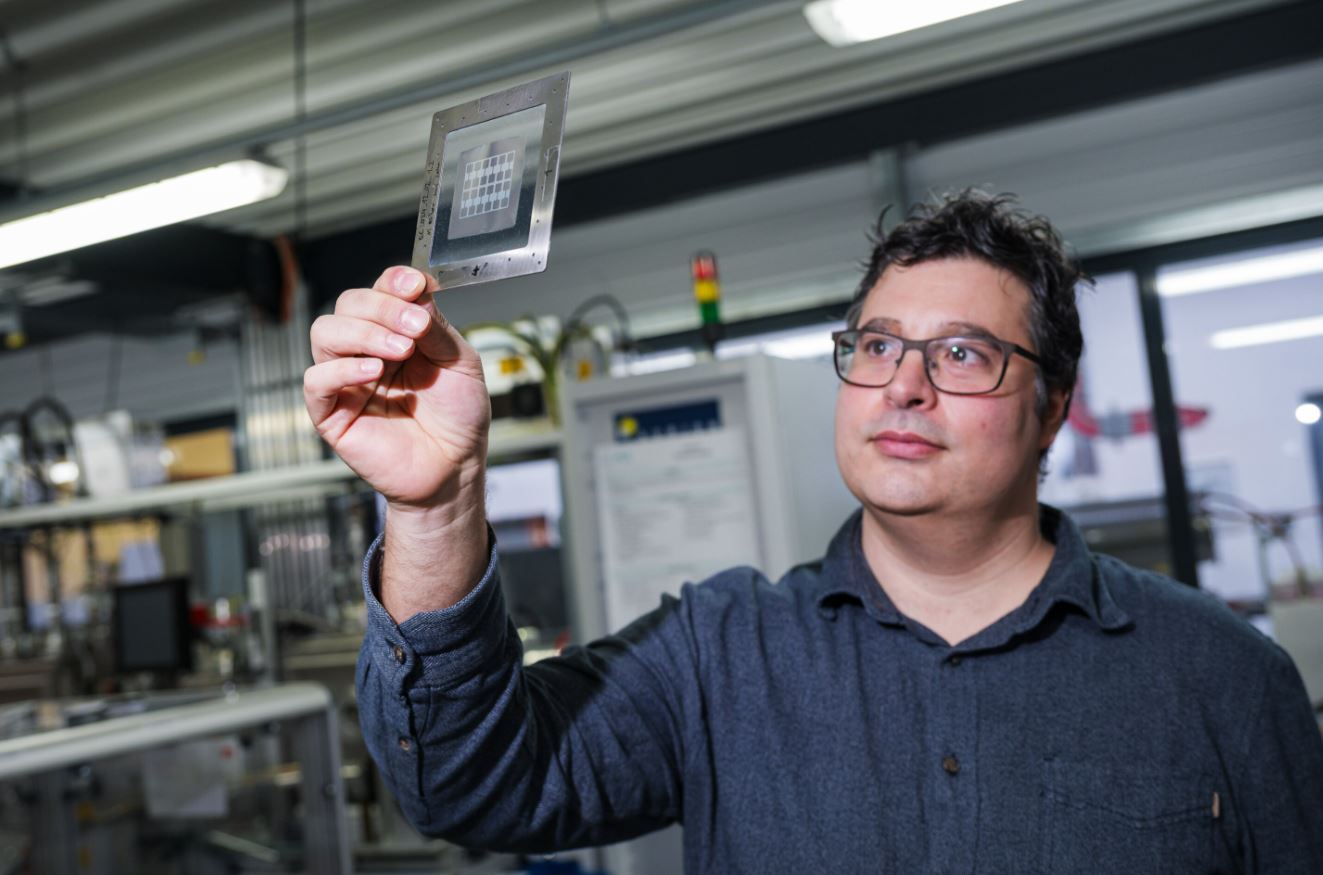 Imagine turning everyday objects into smart, energy-efficient devices. That’s exactly what researchers at Saarland University are doing, led by Professors Stefan Seelecke and Paul Motzki. They’re pioneering the use of elastomer films—just a bit thicker than the cling film you find in your kitchen—to give objects new, advanced capabilities while saving energy.
Imagine turning everyday objects into smart, energy-efficient devices. That’s exactly what researchers at Saarland University are doing, led by Professors Stefan Seelecke and Paul Motzki. They’re pioneering the use of elastomer films—just a bit thicker than the cling film you find in your kitchen—to give objects new, advanced capabilities while saving energy.
These films are making waves in a variety of fields. Picture this: in virtual reality gaming, these films can be integrated into wearable textiles to provide haptic feedback. So, when you’re playing, you can actually feel textures and impacts, making the experience much more immersive. In industrial settings, these films can be part of gloves that interpret your movements and gestures, allowing computers to understand specific actions you take. It’s like having a conversation with your computer through your hands.
The team at Saarland is also enhancing display screens using these films, creating tactile feedback for virtual buttons or sliders. You might soon be able to ‘feel’ the button on your screen. These films are just as promising for developing lightweight loudspeakers and noise-canceling textiles.
So, what’s the secret behind these films? It all comes down to their special coating. Each side of the film has an electrically conductive surface. When you apply voltage, the film expands and moves, acting like a tiny actuator. These dielectric elastomers (DE) can flex or vibrate at different frequencies without needing constant power, thanks to their self-sensing capabilities. This means they can function as both actuators and sensors, offering a versatile solution for many applications.
The researchers are also working on creating flexible, energy-efficient circuits. Their latest project, TransDES, is all about developing elastomer-based circuits for high-voltage applications. Unlike traditional rigid PCBs, these flexible circuits are cost-effective and can integrate miniature actuators. By replacing the carbon black conductive layers with ultrathin metal coatings, they’ve significantly lowered electrical resistance, allowing for rapid switching. This is crucial for high-frequency applications like ultrasonic devices.
Another exciting development involves using a sputtering technique to deposit the metal layer. This method ensures the layer is thin but effective, allowing the film to stretch and contract while maintaining its conductive properties. The film’s ability to change resistance when stretched or relaxed is similar to how a transistor works as an electrical switch.








